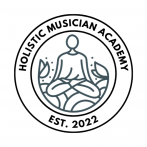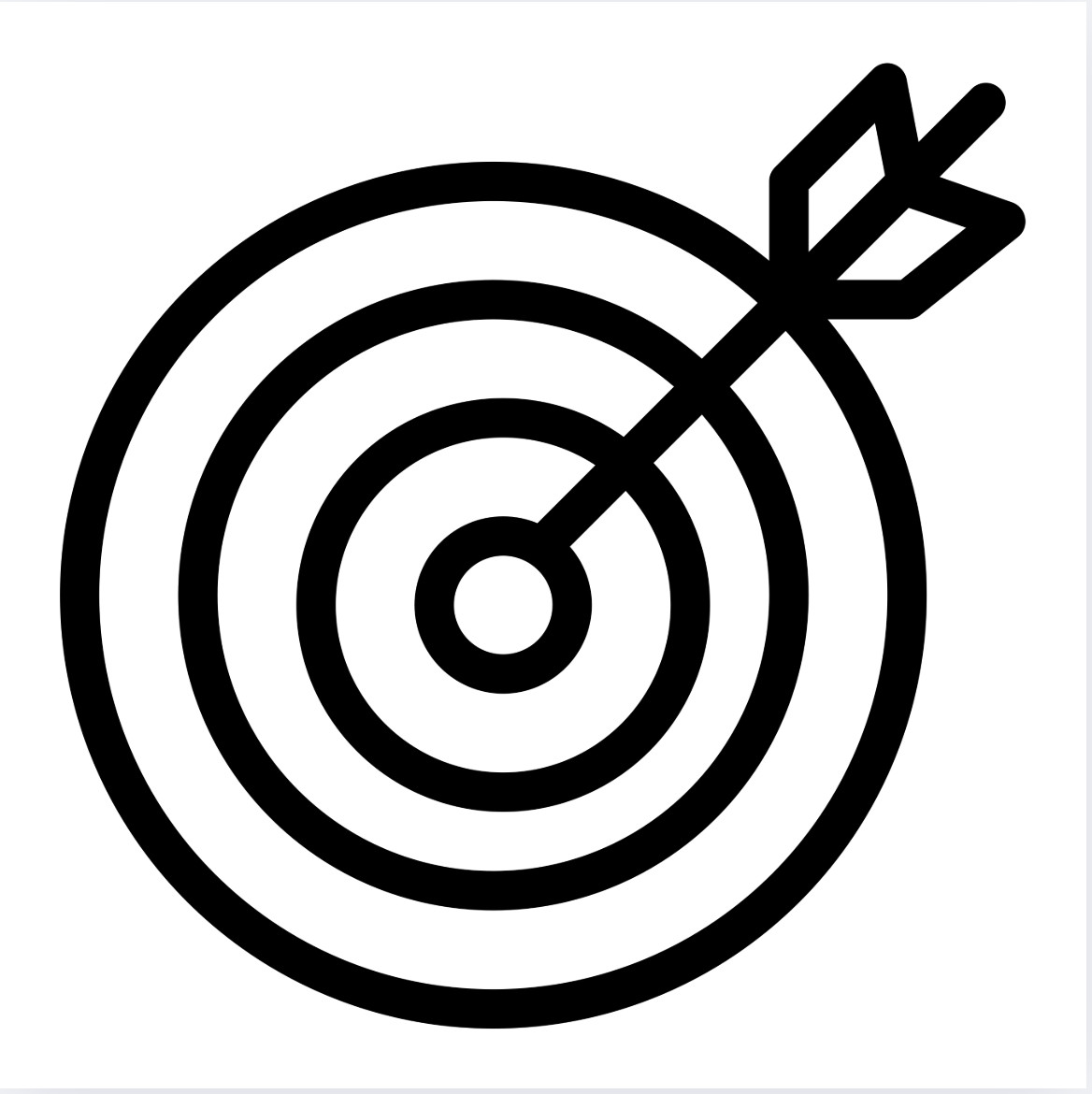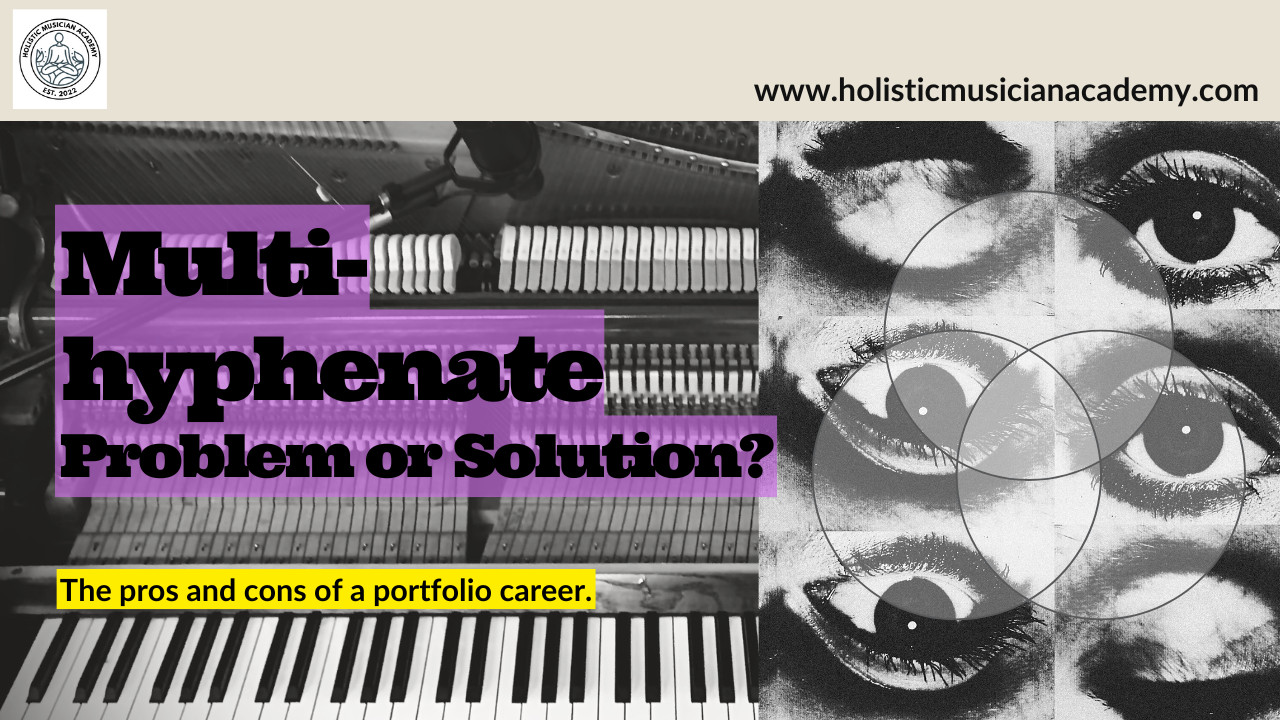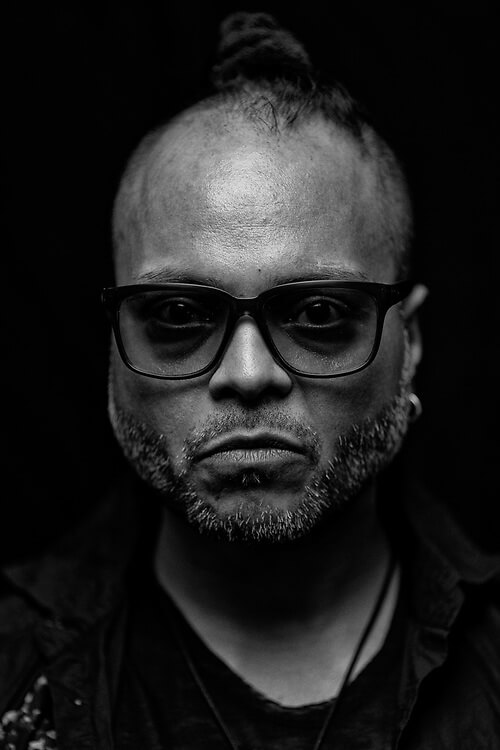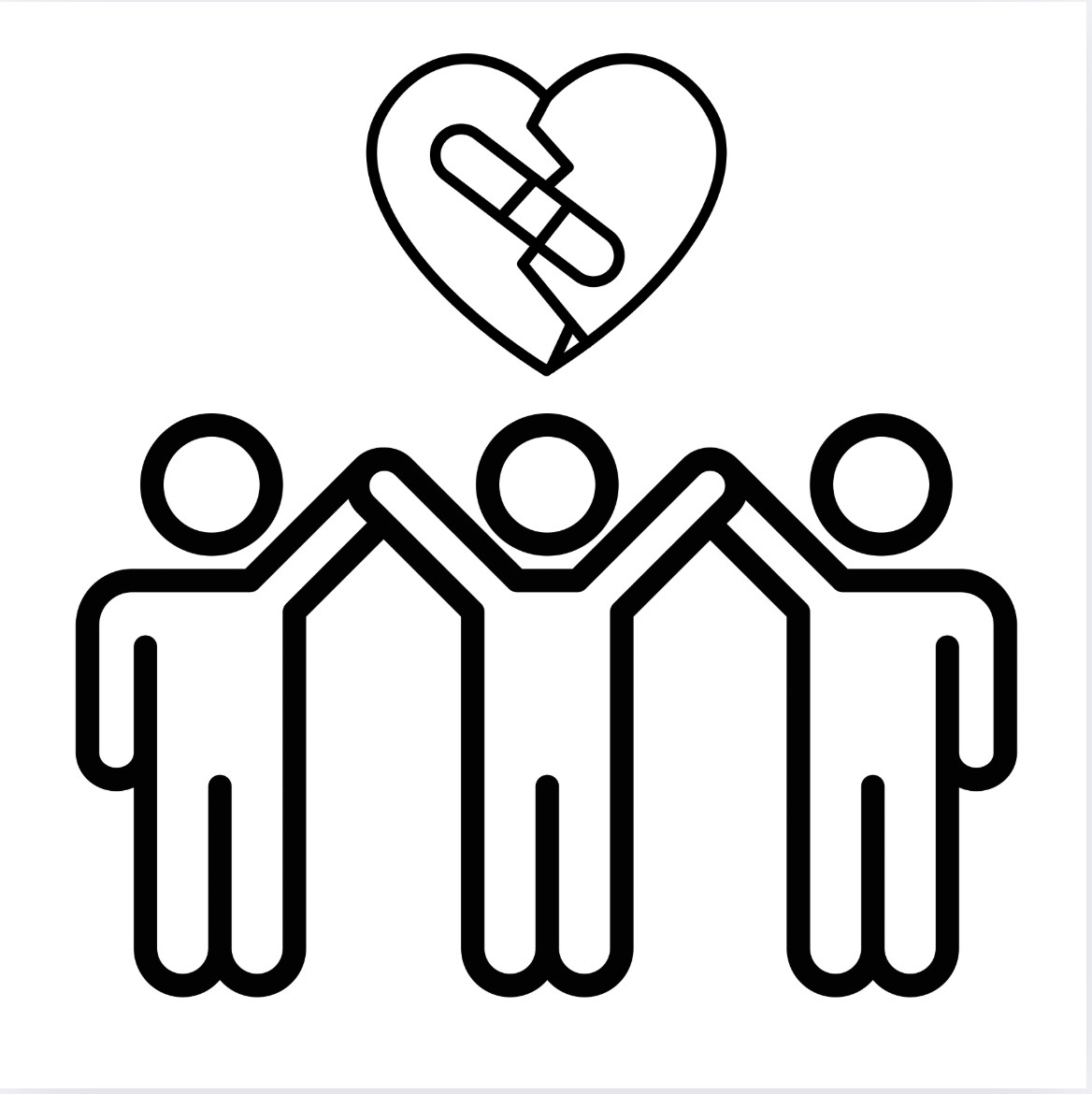
Art often emerges as a vital sanctuary for those navigating life's deepest fractures, offering a sense of connection and safety. Yet, this very refuge can unwittingly evolve into a subtle trap, where unprocessed wounds forge unbreakable ties that blur the line. As artists chase authenticity and belonging, they may find themselves ensnared in cycles of pain and relief that hinder true growth and joy.
Read more...
In the fast-paced world of independent artistry, the concept of "hustle" has evolved from a symbol of self-reliance to a relentless pressure to produce and promote without pause. This blog post delves into the historical roots and modern implications of hustle culture, revealing how it has shifted from a tool for liberation to a potential trap that can erode an artist's inner life and creative joy.
Read more...